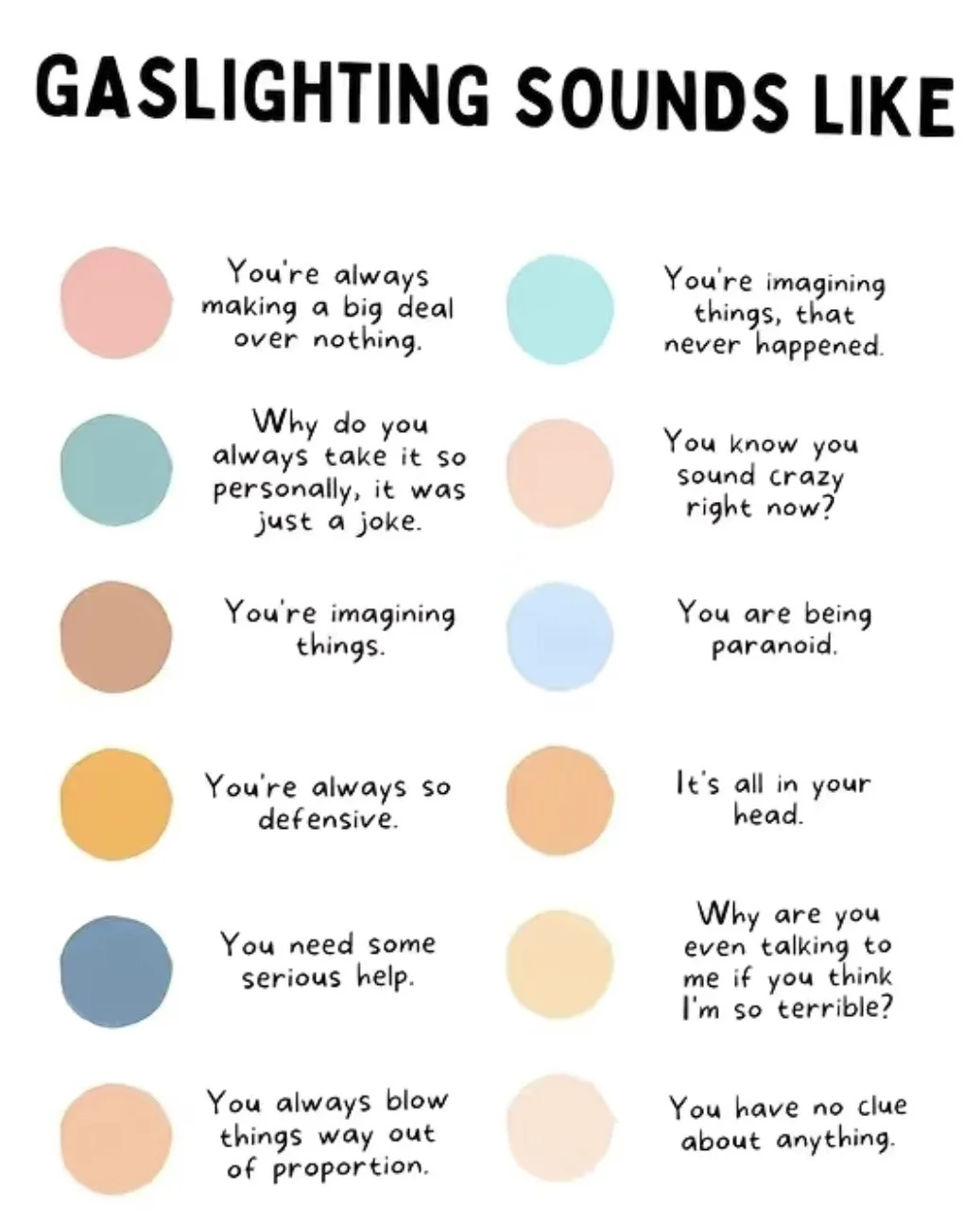Gaslighting in relationships
The U.S. movie “Gaslight” was released in 1944. The Academy Awards named the film Best Picture that year. It is a thriller, and hits close to home for many people struggling in tumultuous relationships.
The antagonist, Gregory, slowly works to prove his wife, Paula, is delusional. He isolates her, insisting she is too unwell to go out in public. At home he hides things and deems her forgetful and a kleptomaniac. When Gregory is out, their home’s gaslights dim and flicker, seemingly for no reason, thanks to his planning. Gregory was working to have Paula institutionalized, plotting to steal royal jewels that were gifted to her deceased aunt. Paula finds a reliable friend in Scotland Yards and Gregory’s plot is uncovered.
Gaslighting is a psychological tactic used to discredit one’s perception of reality. At it’s core it’s manipulation; it’s a form of control.
The controlling individual is usually one in a position of power.
What is Gaslighting?
Gaslighting is a form of psychological manipulation where one person seeks to undermine another's perception of reality, causing them to doubt their thoughts, feelings, memories, and even their sanity. The term originated from the 1944 movie. While Gregory’s tactics were extreme, the concept of gaslighting has been recognized in various degrees within real-life relationships.
How Gaslighting Works:
Gaslighting operates on the principle of power and control. The gaslighter uses subtle tactics to sow seeds of doubt in the victim's mind, causing them to question their own perceptions and experiences. Some common gaslighting tactics include:
Denial: The gaslighter denies their actions, even if there's evidence to the contrary. This leaves the victim questioning their own memory or judgment.
Minimization: The gaslighter downplays their behavior or its impact, making the victim feel like their reactions are unwarranted.
Projection: They project their own flaws, behaviors, or feelings onto the victim, causing the victim to feel guilty or confused.
Withholding Information: The gaslighter deliberately withholds information to create a sense of uncertainty and confusion in the victim.
Shifting Reality: Gaslighters may manipulate the context of events to alter the victim's perception of what actually happened.
Recognizing Gaslighting:
Recognizing gaslighting is the first step towards protecting yourself from its effects. If you're feeling confused, doubting yourself, or constantly apologizing even when you've done nothing wrong, you might be experiencing gaslighting. Trust your instincts and look out for patterns in the behavior of those around you.
Protecting Yourself from Gaslighting:
Trust Yourself: Reaffirm your confidence in your thoughts, feelings, and perceptions. Keep a journal to document incidents, which can help you stay grounded.
Seek Support: Confide in your coach, friends, family, or a medical professional who can provide an objective perspective and validate your experiences.
Set Boundaries: Establish clear boundaries and communicate your feelings if you sense manipulation. Assert your right to a respectful and honest relationship. Speak up.
Limit Contact: If the gaslighter is unrelenting, consider limiting or ending contact, especially if their behavior is affecting your mental health.
Self-Care: Engage in self-care practices that promote emotional well-being and self-esteem. Building resilience can help you withstand manipulation.
In a world where healthy relationships are built on trust, respect, and open communication, gaslighting stands in stark contrast. Recognizing and addressing gaslighting is crucial for preserving your mental health and fostering relationships that nurture your growth and well-being. Remember, your reality is valid, and you have the right to a life free from manipulation. And coaching can help.

